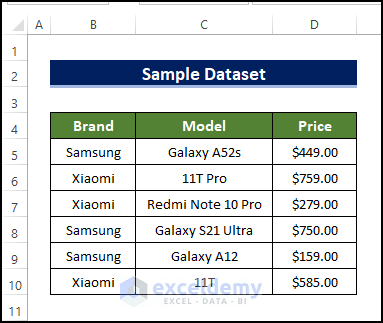5 Simple Tips to Link Excel Sheets for Data Transfer

Whether you are managing large datasets, working with financial models, or coordinating with team members, linking Excel sheets efficiently can streamline your workflow and enhance data accuracy. By following these five simple tips, you can link sheets in Microsoft Excel to transfer data seamlessly, ensuring your spreadsheets work together like a well-oiled machine.
Understand Your Data Structure


Before you start linking sheets, it’s crucial to have a clear understanding of how your data is structured. Here are some key points to consider:
- Identify Key Fields: Know what pieces of information are crucial for linking data. This might be ID numbers, employee codes, or dates.
- Consistency is Key: Ensure that the data across all sheets is formatted similarly. Inconsistent formatting can lead to linking errors.
- Plan Your Links: Decide how the sheets will interact. Will you pull data from one sheet to another, or do you need a dynamic update mechanism?
📌 Note: Understanding your data structure will prevent unnecessary headaches during the linking process.
Use Cell References for Dynamic Updates


One of the most straightforward methods to link Excel sheets is by using cell references. Here’s how you can do it:
- Direct Reference: Simply reference the cell from another sheet using the format ‘SheetName’!CellAddress. For example, to link cell B2 from Sheet2 into Sheet1, use
=‘Sheet2’!B2. - Named Ranges: Define named ranges for cells you frequently link, making your formulas cleaner and easier to manage.
- Maintain Clarity: Keep your sheets well-organized so references don’t get lost or changed accidentally.
Employ Excel’s Lookup Functions


Excel provides several lookup functions like VLOOKUP, HLOOKUP, INDEX, and MATCH to link data across sheets dynamically. Here’s how:
- VLOOKUP: Use VLOOKUP when you want to search vertically down a column for a key value and return a value from the same row in a specified column.
- HLOOKUP: Similar to VLOOKUP, but it searches horizontally across a row.
- INDEX and MATCH: Combine these for more flexible lookups, allowing you to search for a value in any row or column.
🛠 Note: Mastering Excel's lookup functions can significantly enhance your ability to manipulate and link data across sheets.
Create Hyperlinks for Navigation


Sometimes, you might not need to link data, but rather provide a way to navigate between sheets quickly. Here’s how to use hyperlinks:
- Cell Hyperlinks: Use the Insert Hyperlink function to link from one cell to another sheet or cell. Simply select a cell and use the shortcut Ctrl+K, then choose ‘Place in This Document’.
- Navigation Aid: This can be particularly useful for large spreadsheets where navigating manually can be time-consuming.
Automate with Power Query


For advanced data linking and transformation, consider using Power Query, which can automate your data management tasks:
- Data Source Connections: Power Query allows you to connect to external data sources or other Excel files and automate data transfers.
- Merge Queries: Use Power Query to combine data from different sheets or sources into a single table.
- Refresh Data: With Power Query, you can set up your workbook to automatically refresh data, ensuring your sheets are up-to-date.
Linking Excel sheets doesn't have to be a daunting task. By structuring your data properly, using dynamic cell references, mastering lookup functions, creating easy navigation through hyperlinks, and automating with Power Query, you can manage and analyze data more effectively across multiple spreadsheets. Remember that practice makes perfect; the more you work with Excel's linking capabilities, the more you'll discover its potential to simplify your data management tasks.
What is the best practice for linking Excel sheets?

+
The best practice for linking Excel sheets includes maintaining a consistent data structure, using clear cell references, employing lookup functions appropriately, and leveraging automation tools like Power Query for dynamic data updates.
Can I link data from other Excel files?

+
Yes, you can link data from other Excel files using external references or by connecting through Power Query, which allows you to merge data from multiple sources.
How do I prevent link errors in Excel?

+
To prevent link errors, ensure that your data is consistent across all sheets, use named ranges for cell references, and avoid manual changes that can break links. Also, consider using table structures which can help maintain integrity when linking data.



